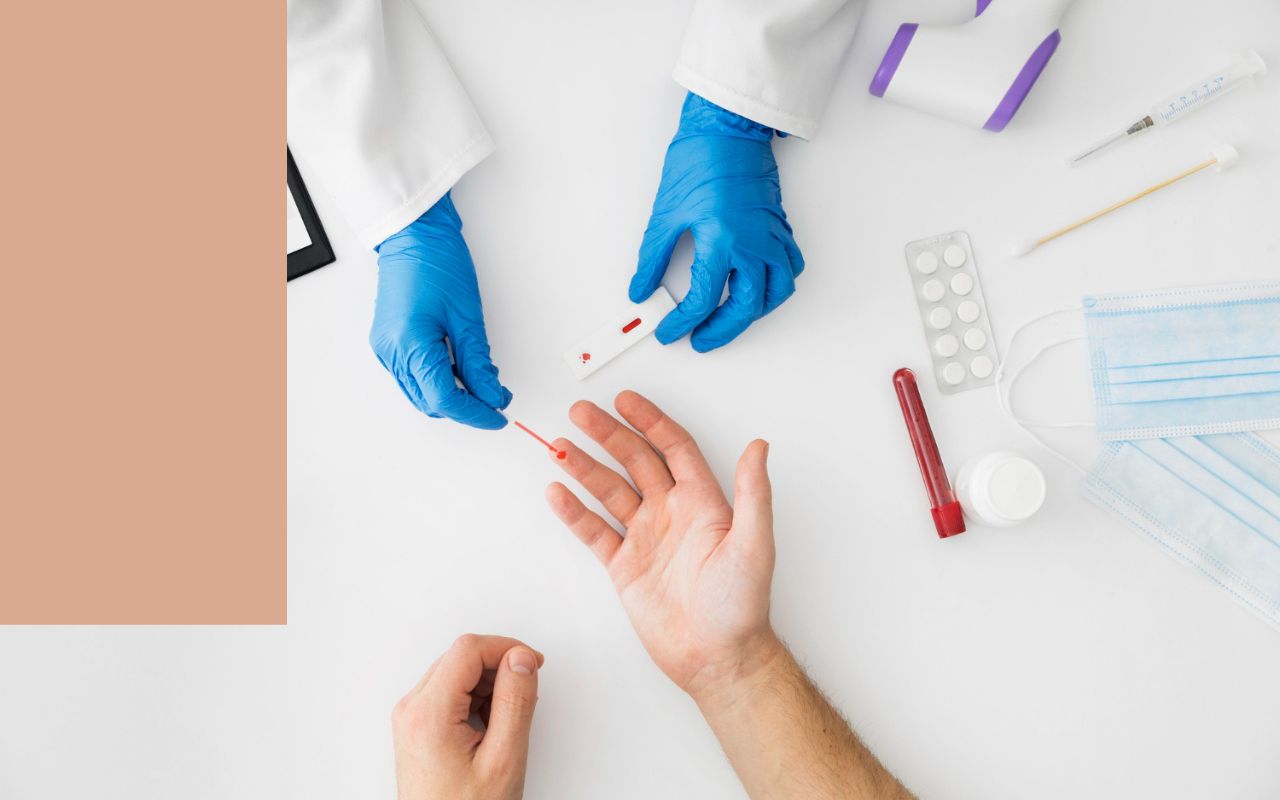Groundbreaking Study Proposes Changes in Light of HPV Vaccine Efficacy
A recent study, challenging the status quo of Human Papillomavirus (HPV) screening, suggests that the effectiveness of HPV vaccines may prompt a reevaluation of current screening protocols. The research, published in Cell Host & Microbe, explores the occurrence of genital HPV types eight years post-immunization, sparking discussions on potential shifts in screening strategies.
Unveiling the Study: HPV Vaccine Impact on Genital HPV Types
Conducted as a randomized controlled study with over 60,000 women from 33 Finnish communities born in 1992, 1993, and 1994, the research focused on HPV vaccination strategies. Divided into three groups—gender-neutral HPV vaccination, girls-only vaccination, and no vaccination—the participants were monitored four and eight years post-vaccination. The investigation aimed to identify the most effective immunization strategy and understand the aftermath of successful vaccination efforts targeting high-cancer-risk HPV types.
Key Findings: Gender-Neutral Vaccination Triumphs
The study highlighted the superiority of gender-neutral HPV vaccination, showcasing a 50% vaccination coverage per year as sufficient to nearly eliminate high-oncogenic HPV types. In contrast, exclusive vaccination for girls required an extremely high uptake to achieve comparable results. Notably, HPV45 depletion was observed only in the gender-neutral vaccination group.
Expert Insights: Advocating for Gender-Neutral Vaccination
Experts emphasize the significance of gender-neutral vaccination, noting that it not only offers protection to both genders but also contributes to herd immunity. Margaret Stanley, an emeritus professor at the University of Cambridge, emphasizes that girls-only vaccination demands a 90% yearly vaccination rate, leaving half the population unprotected. On the other hand, gender-neutral vaccination shields the entire population, limiting the virus’s avenues.
Changing Dynamics: Replacement of HPV Types
While the study showcases the success of HPV vaccination, it also reveals the replacement of targeted HPV types with closely related strains. This phenomenon, though expected in a virus with significant variety, underscores the need for ongoing monitoring and evaluation.
Implications for Screening Practices: Rethinking the Approach
Lead author Ville Pimenoff suggests a reconsideration of screening practices, especially for cohorts vaccinated against HPV during their teenage years. With low-risk HPV varieties likely to be detected in screenings, the study questions the necessity of current protocols, potentially leading to overdiagnosis and resource misallocation.
Future Perspectives: Adapting Screening Guidelines
Pimenoff proposes a shift in screening post-vaccination, focusing on high-oncogenic types and potentially reducing frequency to once every 10 years. However, he acknowledges the need for tailored recommendations based on each country’s vaccination and screening landscape.
Cautionary Voices: Proceeding with Prudence
While the study sparks conversations about potential changes, caution is urged by experts like Peter Stern, a professor of immunology and cancer biology at the University of Manchester. He emphasizes the need for further research and replication of results before contemplating significant shifts in screening guidelines.
As the global conversation around HPV and vaccination evolves, this study serves as a catalyst for discussions on adapting screening practices to align with the remarkable success of HPV vaccines.



